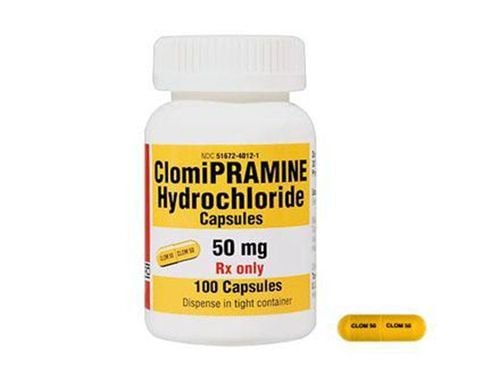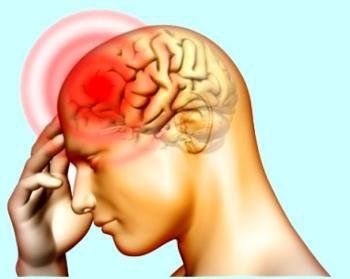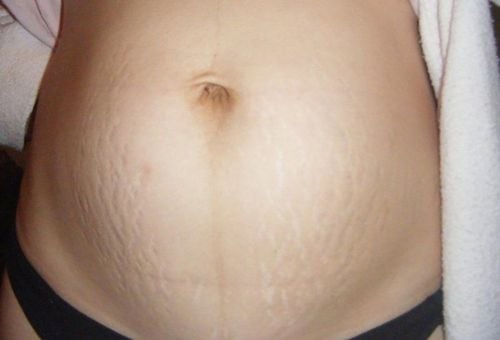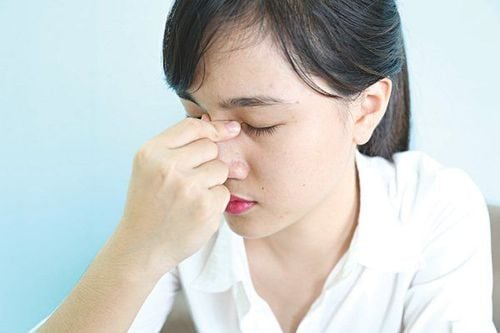This is an automatically translated article.
Headache is a condition that occurs in many people. When headaches appear, whether mild or severe, many people immediately think of using medication to stop the pain. However, in addition to this common way, many people also wonder if the dose of ice helps reduce headaches?
1. Ice helps relieve headaches?
Ice for headache relief is a proven and tried-and-true method. Studies have shown that it helps relieve migraines (which are more frequent, severe, and lead to other symptoms like nausea) and tension headaches (which are more common and lighter). Effects of ice on headaches can include:
Effective for migraines : A 2015 study of 20 people with migraines found that cryotherapy can completely resolve pain in eight participants (40%). 87% of those studied 24 hours after application experienced a significant reduction in symptom severity. Neck cooling: A 2013 study focused on targeted neck cooling for migraines of the carotid arteries, the main blood vessels in the front of the neck. They found that applying cold at the onset of a headache significantly reduced pain intensity after 30 minutes, making it a viable and effective option. Managing tension headaches: Researchers have also looked at cold therapy for tension headaches. A 2019 study of 14 women with tension headaches found that cooling the neck and head to reduce the intensity and character of the attacks helped control symptoms. What's more, people who use this method don't take a lot of pain medication. Essentially, when you're cold, your blood vessels become narrower, affecting circulation to the nerves involved in pain. Cryotherapy slows down the nerve's transmission of pain signals, while also reducing the local inflammation (swelling) that is often the root of the problem. Essentially, this therapy reduces pain sensations by replacing them with cold sensations.
2. How to apply ice when you have a headache
Cryotherapy can easily be done at home using household materials, although there are also many reusable cold packs available in stores. The three main ways to apply cold to the head are:
Ice towel: Dip a towel in cold water, then wring it out until the towel is damp. Fold and put in a plastic bag, then put in the freezer for about 15 minutes. Remember to take the towel out of the bag before using it. Apply ice: Place about half a pound of ice in a plastic bag (or store-bought cooler) and add a little water before sealing. Wrap the package in a wet towel before use. Cold packs: Along with many options available in stores. You can also make your own cold pack by freezing 3 cups of water and 1 cup of rubbing alcohol. Use a resealable plastic bag, remove excess air and allow to harden. This type can be refrozen and used again after melting. In general, it is ideal to cool the forehead and temples or neck for 15 to 20 minutes at a time. This can be repeated several times a day if symptoms persist.
3. Tips to prevent headaches
Ice and cold therapy can be helpful in reducing headaches once they've started, but there's also much you can do to prevent headaches. Here are some tips to prevent the headache from continuing:
Sleep well: Make sure you get enough hours of sleep (seven to eight hours for adults and nine hours or more for children) and go to bed, wake up at certain hours. Exercise: Staying physically active has many health benefits and has been shown to help with headache disorders like migraines. Try to spend at least 150 minutes of light to moderate activity a week (about 30 minutes a day, five days a week). Stay hydrated: Dehydration is a common cause of headaches, so make sure you're drinking enough water. About half a gallon per day is recommended, and you'll need more if you're engaged in physical activity. Stay away from triggers: Especially for migraines, triggers like stress, anxiety, certain foods and drinks, flashing lights, and smells can trigger headaches. Monitoring and avoiding these triggers can prevent the onset. Relaxation Methods: Stress and tension cause both headaches. To avoid this, you should engage in yoga or tai chi, which can help manage these problems, as well as other approaches such as biofeedback therapy. Mindfulness: Mindfulness techniques involve deep breathing and guided meditation, which helps reduce stress. They help you focus on the present moment, helping to create a calm state of mind.
4. The meaning of applying ice when having a headache
Applying ice to the temples and neck is an effective way to control and relieve headaches. Cold therapy has been shown to be effective against many types of headaches, especially migraines and tension headaches. Doctors recommend applying ice for 15 minutes at a time and can repeat this therapy several times a day. Make sure that a cloth or towel separates your skin from ice or cold packs while applying.
In case you have applied ice and changed your lifestyle but your headache does not improve, then you need to go to a medical facility to check where the headache is coming from, then take measures. timely intervention.
Please dial HOTLINE for more information or register for an appointment HERE. Download MyVinmec app to make appointments faster and to manage your bookings easily.













